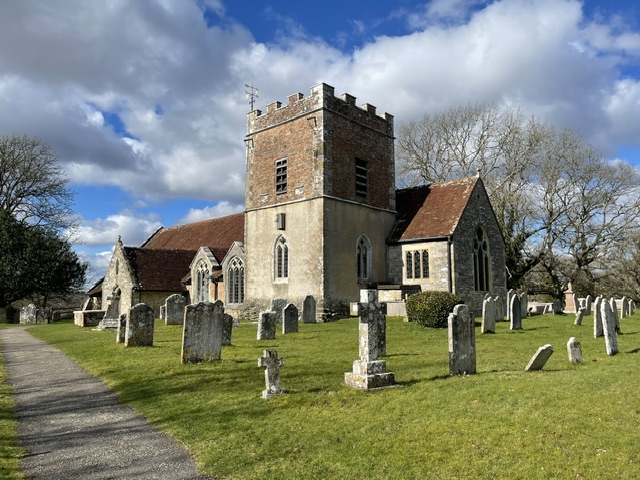On 22 May 1941 HMS Hood (in which Vice Admiral Holland had raised his flag only ten days previously) put to sea to search in the Denmark Strait for the German battleships Bismarck and Prinz Eugen. On 24 May, at 5:35 am, Bismarck was sighted and Hood altered course to intercept. At 5:53 am the ships opened fire and scored hits almost at once. At 6:00 am Hood was hit between the after funnel and the mainmast. There was a huge explosion and she sank within three minutes. Only twelve days after Holland joined Hood, she was sunk and he and all but three of the ship's company of 1,418 had perished.
The loss of this iconic ship and so many fine men was a devastating blow felt throughout the country. To put it in perspective, it was the largest death toll in any British warship ever - equivalent to the destruction of 3 regiments of soldiers, a huge number of men, killed in less than 15 minutes. 71 of those lost were teenagers - 'boy seamen' aged 16 or 17. HMS Hood is the largest Royal Navy warship to have been lost in action. The military implications were very serious. The Admiralty was concerned that losses of merchant ships to U boats were becoming overwhelming , and the presence of Bismarck could only add to the losses should she reach the convoys. With HOOD sunk, the situation became desperate, hence Churchill's famous signal to the fleet "Sink the Bismarck" which led directly to the pursuit and destruction of Bismarck three days later with the loss of 1,995 of her crew of 2,200.
During 1948 (and, according to some accounts, in the face of some opposition from the Admiralty) Phyllis Holland arranged, with the help of her brother Captain Douglas Wales-Smith and the active support of Reverend Stephen Agg Large and Reverend John Hayter, for a memorial to HMS Hood to be established in St John’s Church and it was dedicated on 22 May 1949. In the space of five years Phyllis Holland had lost both her only child and her husband.



